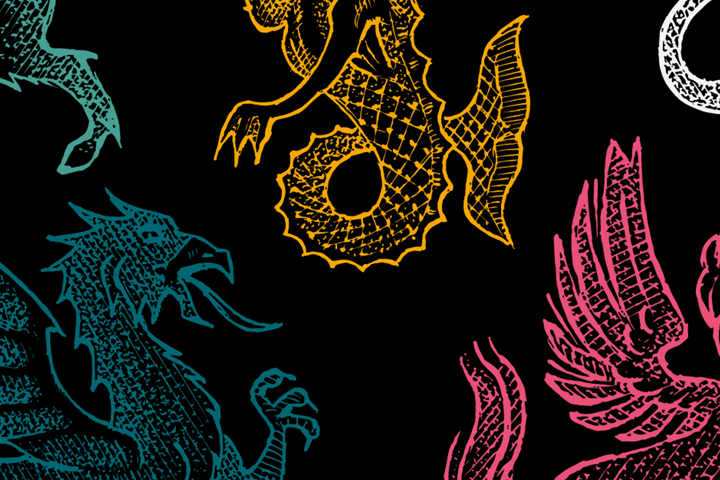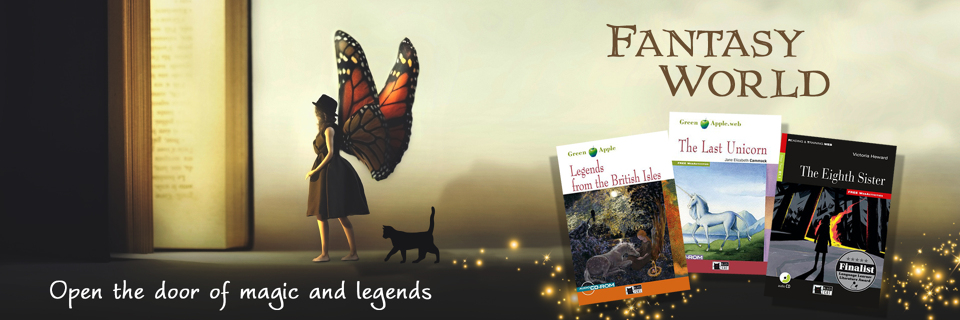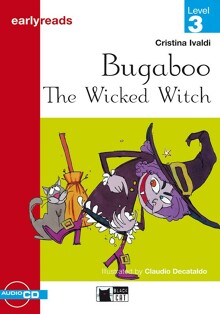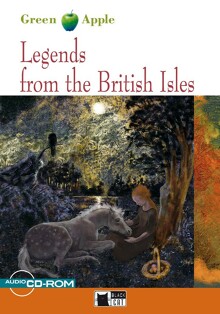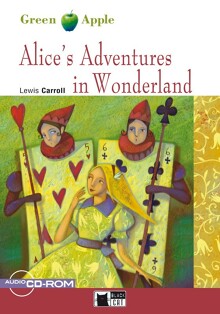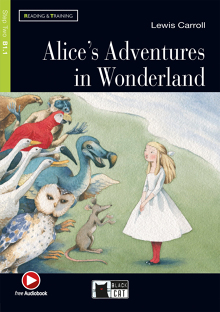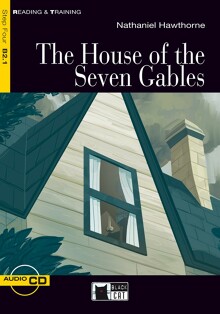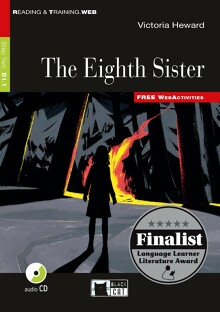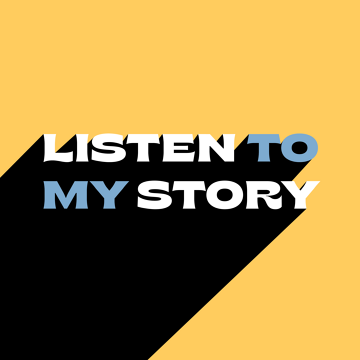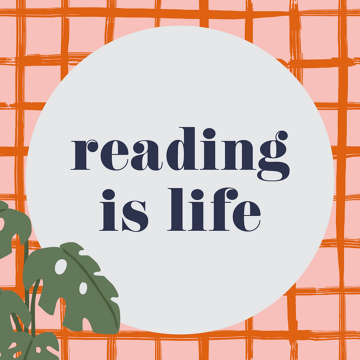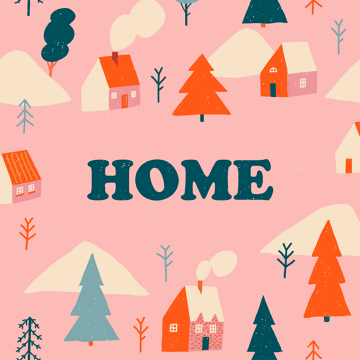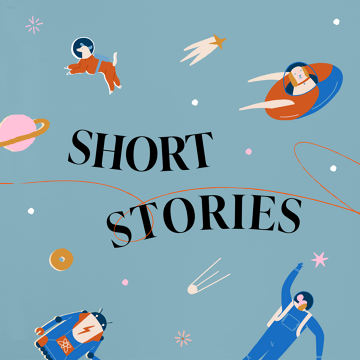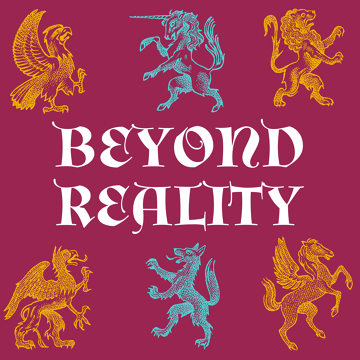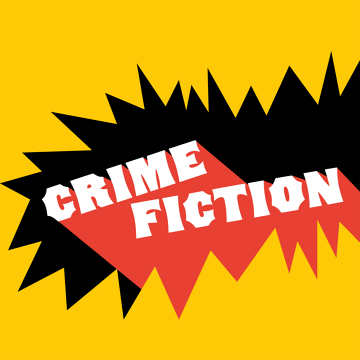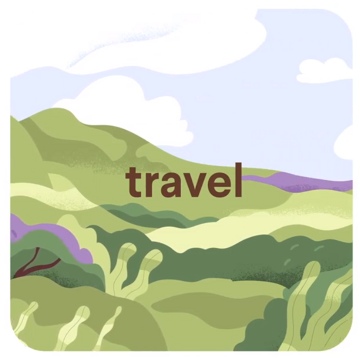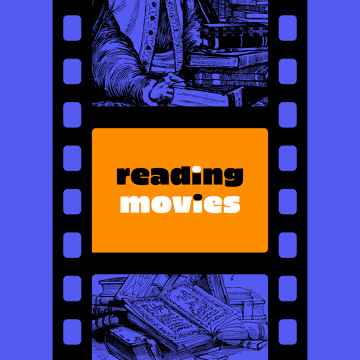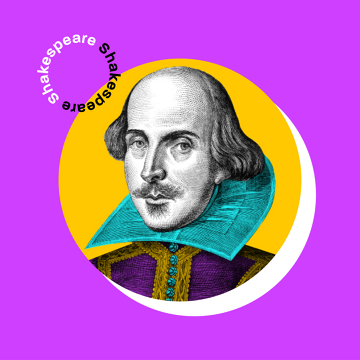Fantasy literature emerged towards the end of the 19th century, drawing inspiration from a variety of literary genres, from the fantastic to mythical tales and all the way back to the Homeric poems, the Iliad and the Odyssey.
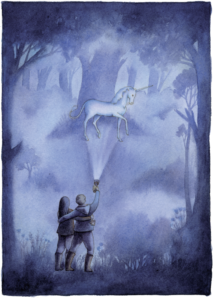 Seemingly distant from one another, these genres actually share intersecting narrative levels: magic bursts suddenly into real events, and with it appear figures that don’t always belong to the familiar world. Just think of the most classic figures in fantasy fiction: ogres and trolls. The former are fierce, monstrous creatures, faithful emissaries of evil spirits; the latter, more similar to primitive creatures, are immensely strong and destructive. Elves are another example: with their deep, mysterious philosophical wisdom and delicate – yet powerful – spell-casting abilities, these creatures are allies of the forces of good.
Seemingly distant from one another, these genres actually share intersecting narrative levels: magic bursts suddenly into real events, and with it appear figures that don’t always belong to the familiar world. Just think of the most classic figures in fantasy fiction: ogres and trolls. The former are fierce, monstrous creatures, faithful emissaries of evil spirits; the latter, more similar to primitive creatures, are immensely strong and destructive. Elves are another example: with their deep, mysterious philosophical wisdom and delicate – yet powerful – spell-casting abilities, these creatures are allies of the forces of good.
J.R.R. Tolkien is widely regarded as one of the leading figures of fantasy literature; in his saga The Lord of the Rings (1954-55), he created a whole world made up of places, people and monsters partially based on medieval epic poetry, like Beowulf. The heart of his works, as in those by several other authors (for example, Terry Brooks and his lengthy Sword of Shannara saga, or Ursula K. Le Guin who brought elements of science fiction to the genre), is the battle between the forces of good and the forces of evil, each capable of supernatural feats and battles to the death. Conversely, Marion Zimmer Bradley’s fantasy novels are inhabited by characters from the Arthurian tales, and objects such as the magical sword Excalibur and the island of Avalon are central elements to the story.
Follow along with us
This month, we will take you on a journey through this world, telling, through several graded readers chosen among different reading levels, the myths and legends that inspired the fantasy world. We will also provide useful materials for working on the stories in the classroom: from the ancient Legends of the British Isles (culture video) to a post on the magical role of the sword, one of the objects to most inspire fantastic stories over the centuries, or which mysterious places and moments hover around the world of witches (The Eighth Sister with lesson plan; Bugaboo the Wicked Witch – audio and activities), or how mythical characters continue to fascinate us (The Last Unicorn, brief extract). But we haven’t forgotten another fantastic cosmos: that of Alice in Wonderland (video), a little girl in an orderly late 19th-century world who finds herself catapulted into a surreal land where nothing is as it should be and where everything is possible. That is, in the very heart of the fantastic world.

“Legends from the British Isles” (A2)
“Alice’s Adventures in Wonderland” (B1.1)
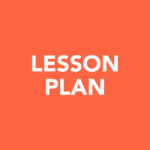
“Magic Swords”
“Magic Swords – Answer Keys”
“The Eighth Sister” (B1.1)
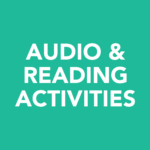
“Bugaboo the Wicked Witch” – Listening – Audio Track (level 3)
“Bugaboo the Wicked Witch” – Listening – Activity (level 3)
“The Last Unicorn” – Reading Activity (A2)
“The Last Unicorn” – Reading Activity – Answer Keys (A2)
